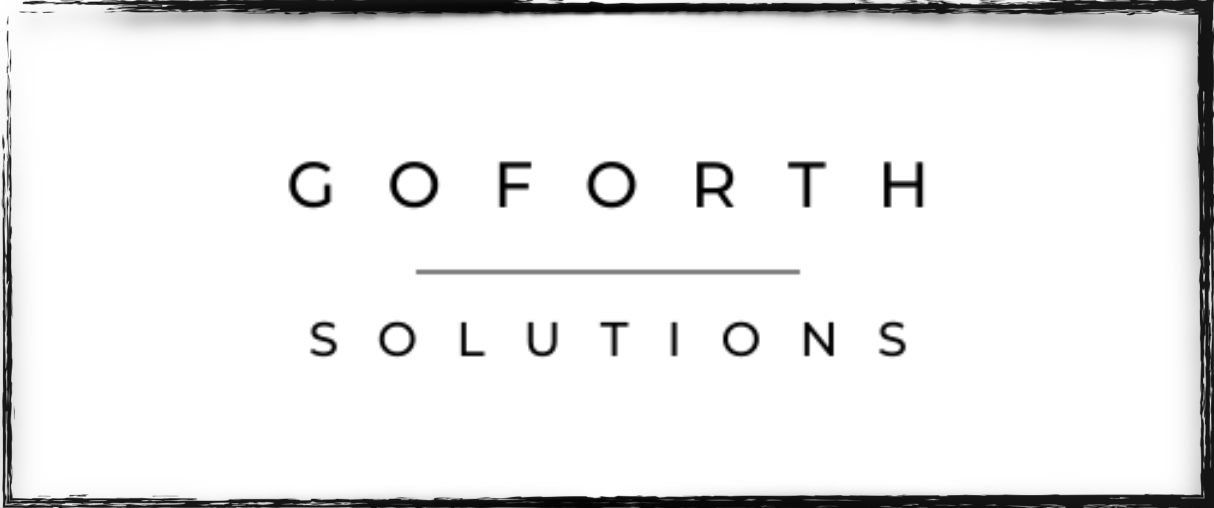14 Ways to Spot AI Images & Video
/THE BACKGROUND. Are people in the background looking at the unusual thing going on? If they are going about their business, it is likely a fake. Often, the background of AI images will be distorted. Sometimes odd shapes in the background details are giveaways, such as floor tiles or walls.
OTHER VIDEOS & PHOTOS. If the video or image is of a news event and there are no other videos or images showing different angles, it may be AI-generated. It is unlikely that there would be only a single image or video of something odd or newsworthy.
DETAILS. AI generators are not good at details. For instance, the AI skin is smooth. It looks like the person is wearing lots of makeup, giving it a leathery appearance. The hair is course and fuzzy looking. Teeth are overly straight and will change width and shape throughout the video. The spaced between them will shift as well. Other details can be giveaways as well: shadows that are off, small objects shaped oddly, and although AI video generators are getting better at fingers, they still can be strangely shaped.
WRITING. Look closely at writing on a sticker, street sign or billboard. Watch for blurry writing when it shouldn’t be or wrongly formed letters, or the letters that don’t spell words.
FOCUS. In a real video, anything that is in focus is sharp, while anything out of focus is naturally blurry. In AI videos, there is less of a difference between what is in and out of focus.
THE SOURCE. Is the person or organization sharing the image reliable and not known for promoting AI-generated media?
THE EYES. In deepfake videos, the eyes can pop or look glassy. People will sometimes blink oddly or else they make strange eye movements. Researchers at Cornell University found deepfake faces don’t blink properly. Also, by using techniques devised for measuring galaxies, researchers have found that deepfake images don't have the same consistency in reflections in both eyes.
THE FACE. Look carefully at the area around the face for evidence that it was swapped onto another person’s body.
THE LIPS. Do the lips have abnormal movements and unrealistic positioning?
MOVEMENT. Watch for unnatural jumps or the absence of motion blur that is typically present in authentic videos. If creators manipulate AI-generated photos using Photoshop techniques such as blurring or file compression, they can fool detection tools.
LIGHTING. AI images often have abnormal patterns in the physics of lighting. AI videos are often well-lit but have a softness to them.
PHOTOMETRIC CLUES. Look at “photometric” clues such as blurring around the edges of objects that might suggest they’ve been added later; noticeable pixelation in some parts of an image but not others; and differences in coloration.
FRAME RATE. Most AI videos will only produce a film quality look because they are made to look like they were shot at 24 frames per second videos. Most real videos are not made at that frame rate. Social media videos are typically shot at 30 frames per second (the default for phone cameras) while most sports video are shot at a higher 60 frames per second in order to capture the quick movement.
SOUND EFFECTS. Many purposely fake AI videos will add sound effects for a more dramatic impact. For instance, sirens, alarms and people screaming might make a clip seem more frightening.
